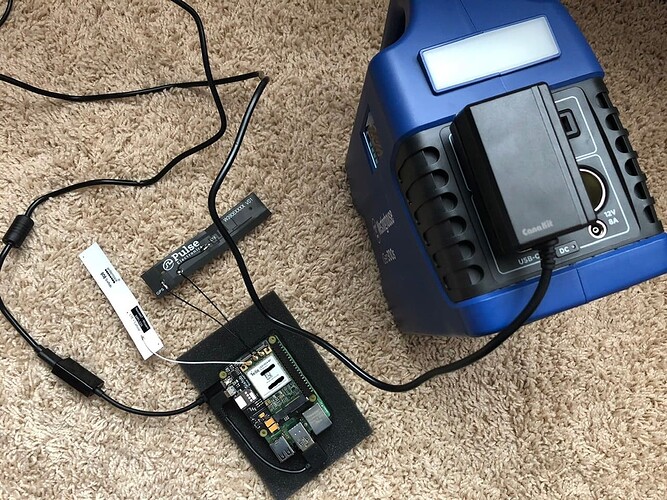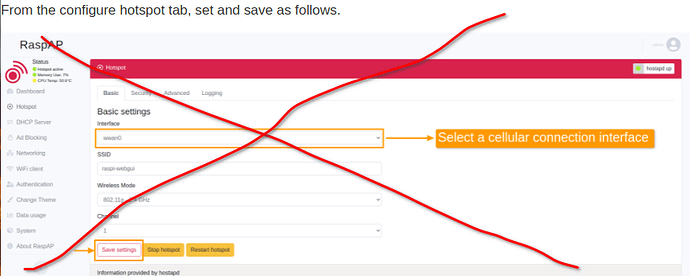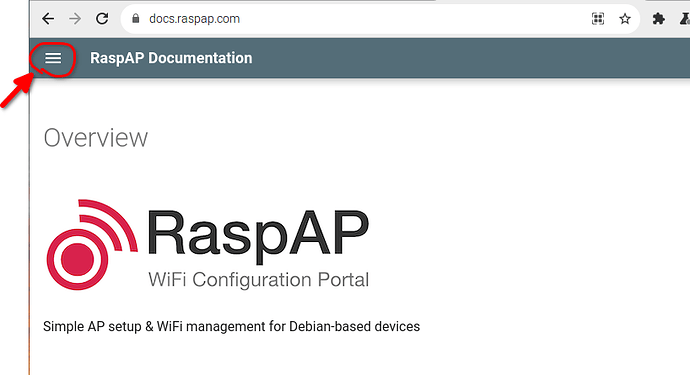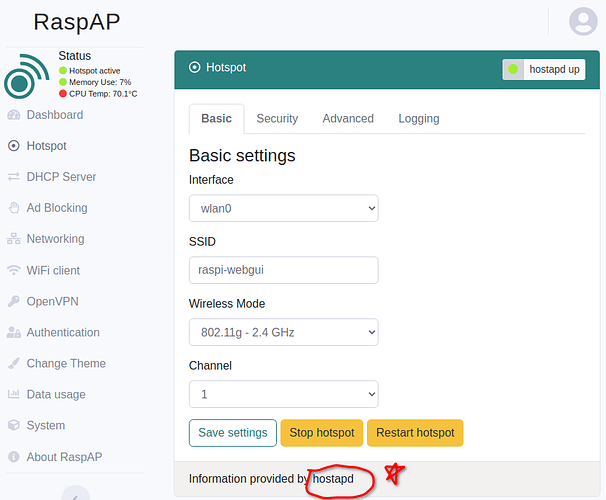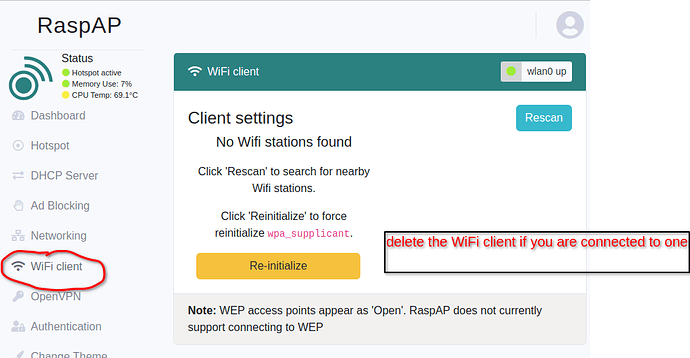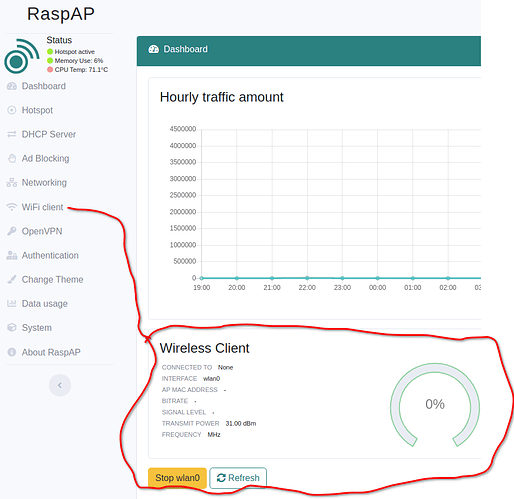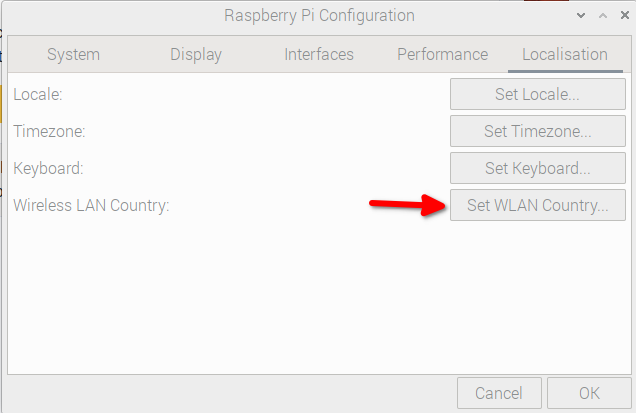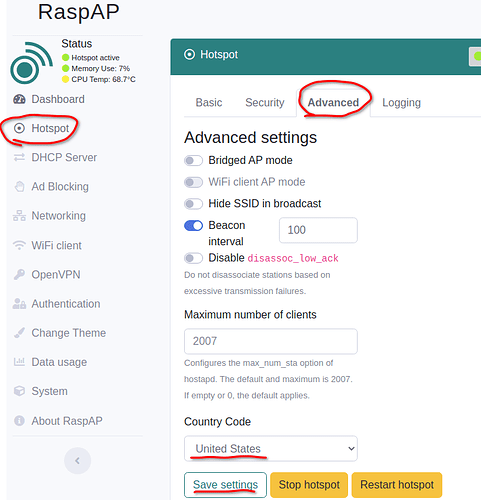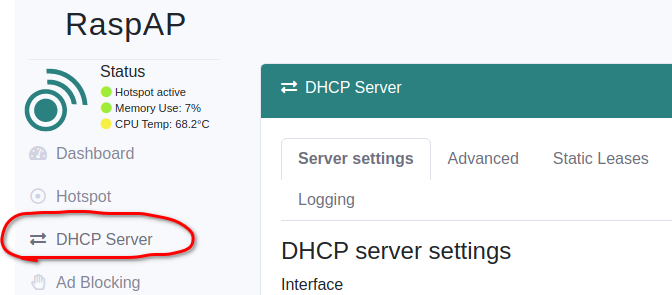It’s been a long three days, but I wanted to do a write up to talk about how I failed and eventually succeeded in getting the Sixfab HAT to work for me.
Note!: Please understand I can’t give tech advice/support. This is just what worked for me. Perhaps I got lucky. If I were you, I’d read the whole post below before taking any action to see if this works for you before you mess something up.
Equipment:
RaspberryPi 4 with an A/C power supply (important)
Sixfab HAT
Sixfab SIM
Picture unpowered:
I am extremely new to Linux, so this was quite a mess for me. I began by following the hardware setup on the product page and then the tutorials at Tutorials, trying to get the card to do something simple in ECM mode using minicom and the AT commands as instructed. I tried over and over sending an SMS until I read that the Sixfab SIM does not allow SMS or calls. So that was a waste.
Having set my modem to ECM, I tried to setup QMI so I could “graduate” to the next phase in testing the modem → getting the hotspot going. This is where the real frustrations began.
First, I had the modem set up on ECM, and thanks to @saeed who told me I needed to set AT#USBCFG=0 to get the driver to show up correctly in lsusb -t. The driver didn’t show up before I made this adjustment and it was driving me nuts.
When I tried to set AT#USBCFG=0, minicom bugged out on me. The modem was constantly disconnecting and minicom was “typing on its own”.
minicom -D /dev/ttyUSB2 -b 115200

What I learned here is that you just have to be patient with modem disconnecting all the time. You may have to restart minicom a few times. Then when you type in AT#USBCFG=0, you may not actually see your own letters typed in! Hit enter anyways. minicom may interrupt you with its own typing, so you might have to do this a couple of times. When you set the configuration to 0, the modem will disconnect for a while. You may have to restart minicom again to get to where you can type in AT#REBOOT. Then it will disconnect yet again. Then you can continue with the libqmi tutorial with the correct driver!
Once I got to this step “sudo udhcpc -q -f -i wwan0”, I kept getting a loop that said “sending discover” over and over and over again. Just be patient. Wait for that to fail. Send “sudo udhcpc -q -f -i wwan0” command again and then I got an IP address.
Making progress!
Next the RaspAP installation on the tutorials page.
(continues in next comment)…
